Remote Sensing, Free Full-Text
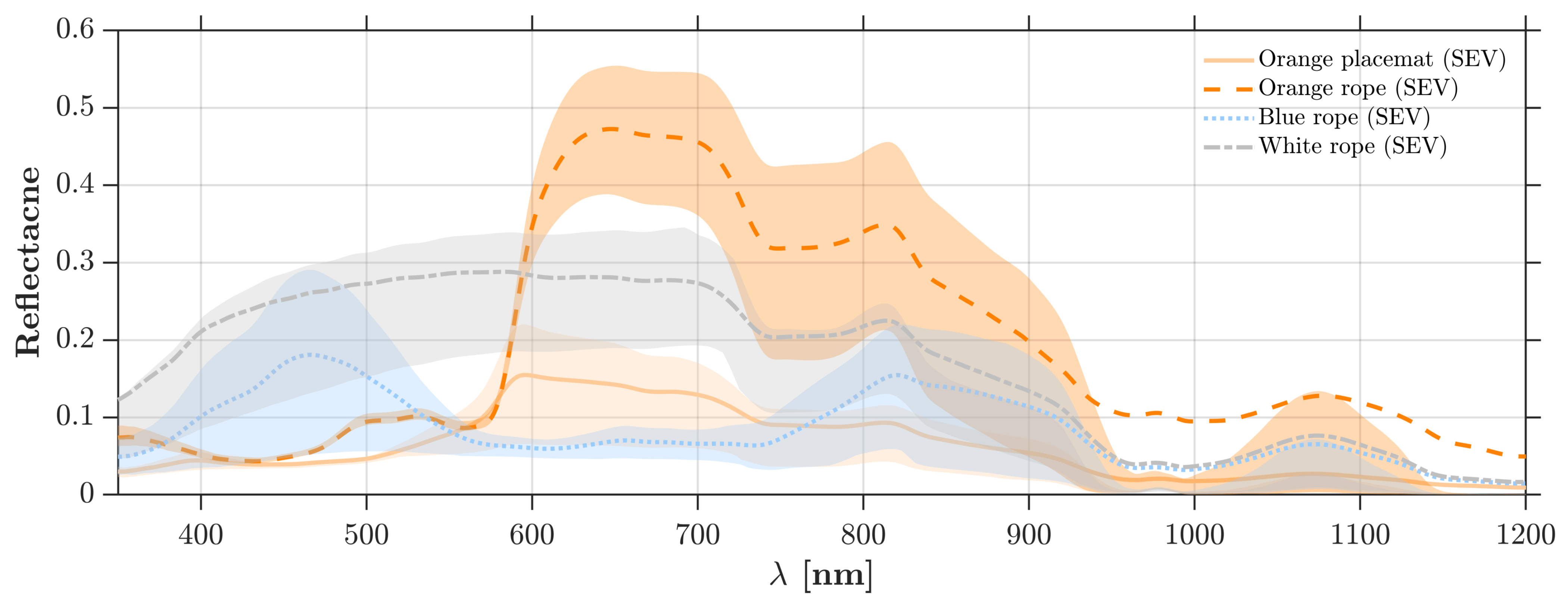
This article provides insights into the optical signatures of plastic litter based on a published laboratory-scale reflectance data set (350–2500 nm) of dry and wet plastic debris under clear and turbid waters using different band selection techniques, including sparse variable selection, density peak clustering, and hierarchical clustering. The variable selection method identifies important wavelengths by minimizing a reconstruction error metric, while clustering approaches rely on the strengths of the correlation and local density of the spectra. Analyses of the data reveal three distinct absorption lines at 560, 740, and 980 nm that produce relatively broad reflectance peaks in the measured spectra of wet plastics around 475–490, 635–650, 810–815, and 1070 nm. The results of band selection consistently identify three important regions across 450–470, 650–690, and 1050–1100 nm that are close to the reflectance peaks of the mean of wet plastic spectra over clear and turbid waters. However, as the number of isolated important wavelengths increases, the results of the methodologies diverge. Density peak clustering identifies additional wavelengths in the short-wave infrared (SWIR) region of 1170–1180 nm) as a result of a high local density of the reflectance points. In contrast, hierarchical clustering isolates more wavelengths in the visible range of 365–400 nm due to weak correlations of nearby wavelengths. The results of the clustering methods are not consistent with the visual inspection of the signatures as peaks and valleys in the spectra, which are effectively captured by the variable selection method. It is also found that the presence of suspended sediments can (i) shift the important wavelength towards higher values in the visible part of the spectrum by less than 50 nm, (ii) attenuate the magnitude of wet plastic reflectance by up to 80% across the entire spectrum, and (iii) manifest a similar spectral signature with plastic litter from 1070 to 1100 nm.
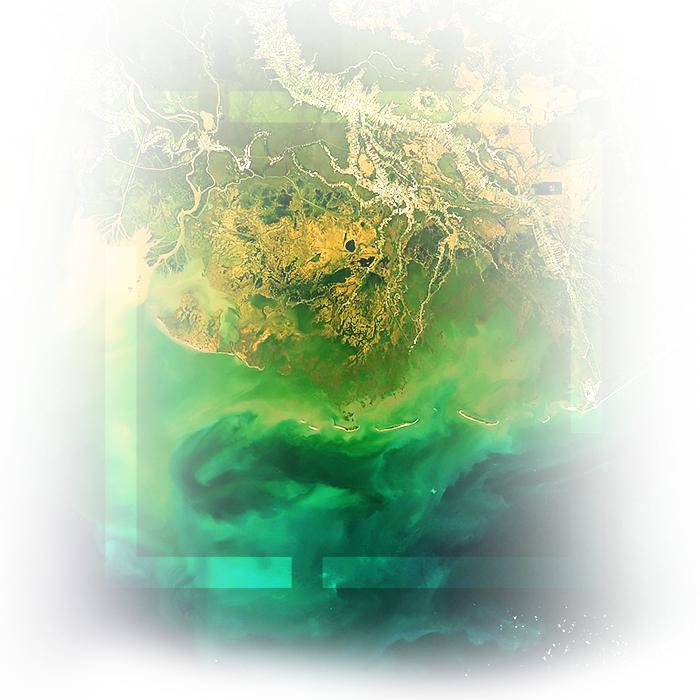
Remote Sensing, Free Full-Text, scp 7141
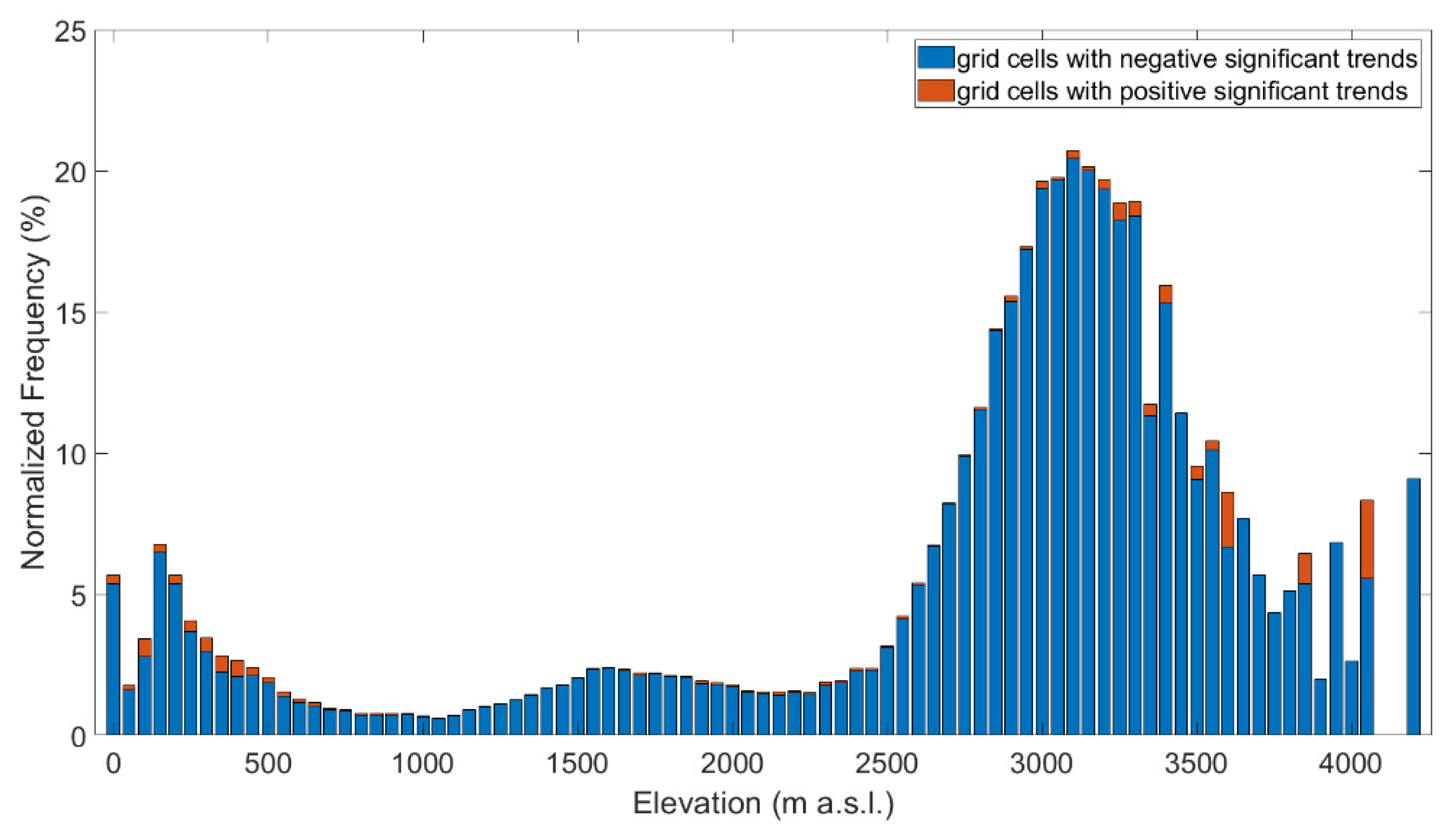
Hotspots of snow cover changes in global mountain regions over 2000–2018 - ScienceDirect, snow cover
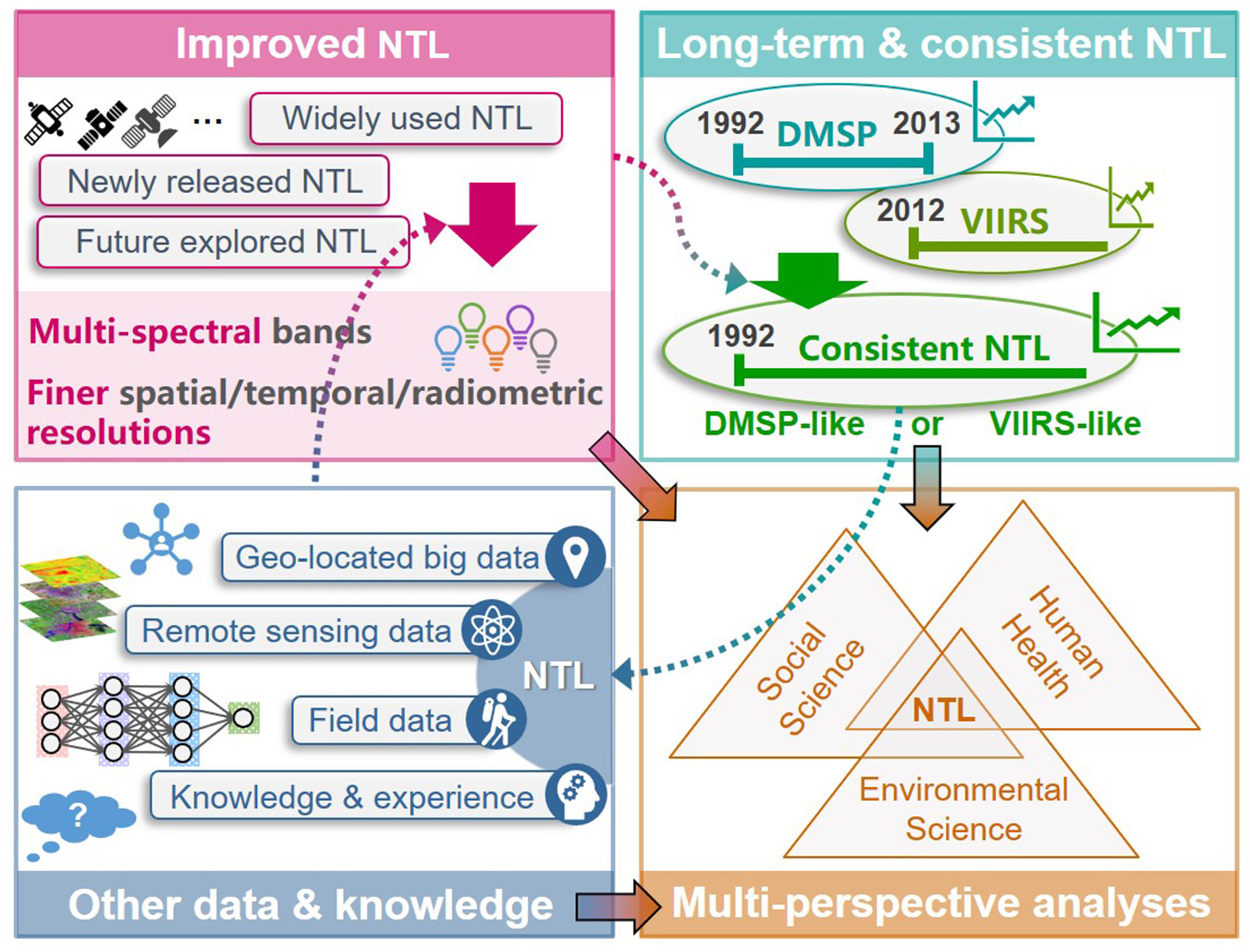
Remote Sensing, Free Full-Text, code legend piece update 0.5

Remote Sensing, Free Full-Text, scp 7141
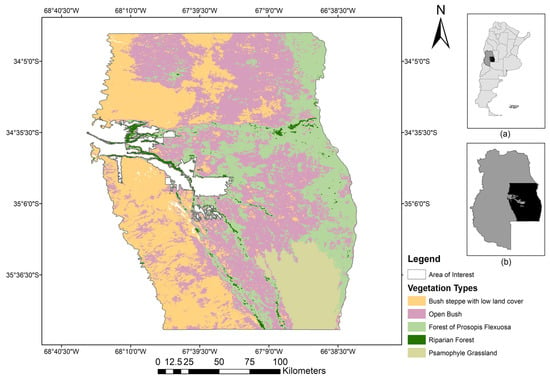
Remote Sensing, Free Full-Text, code legend piece update 0.5

Remote Sensing, Free Full-Text, pokémon type chart gen 4

Remote Sensing, Free Full-Text, renato ruiz pacheco

Remote Sensing, Free Full-Text
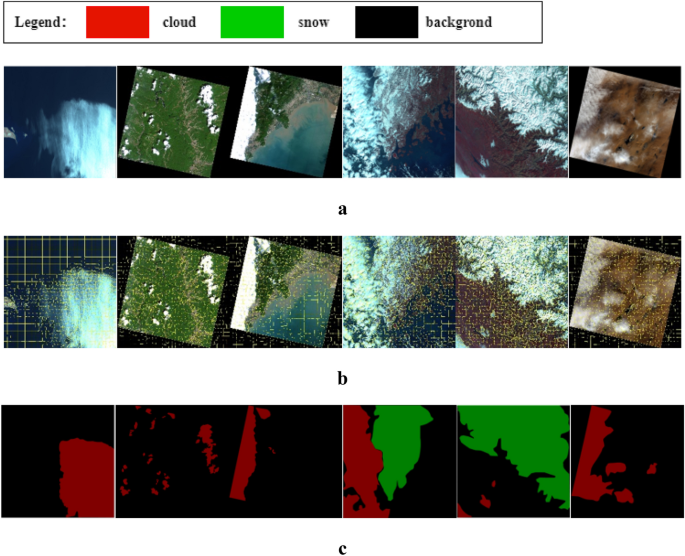
Cloud and snow detection of remote sensing images based on improved Unet3+
What are the interesting real-world applications of object detection in remote sensing using satellite images? - Quora
Remote Sensing Free Full Text Geophysical And Sedimentological
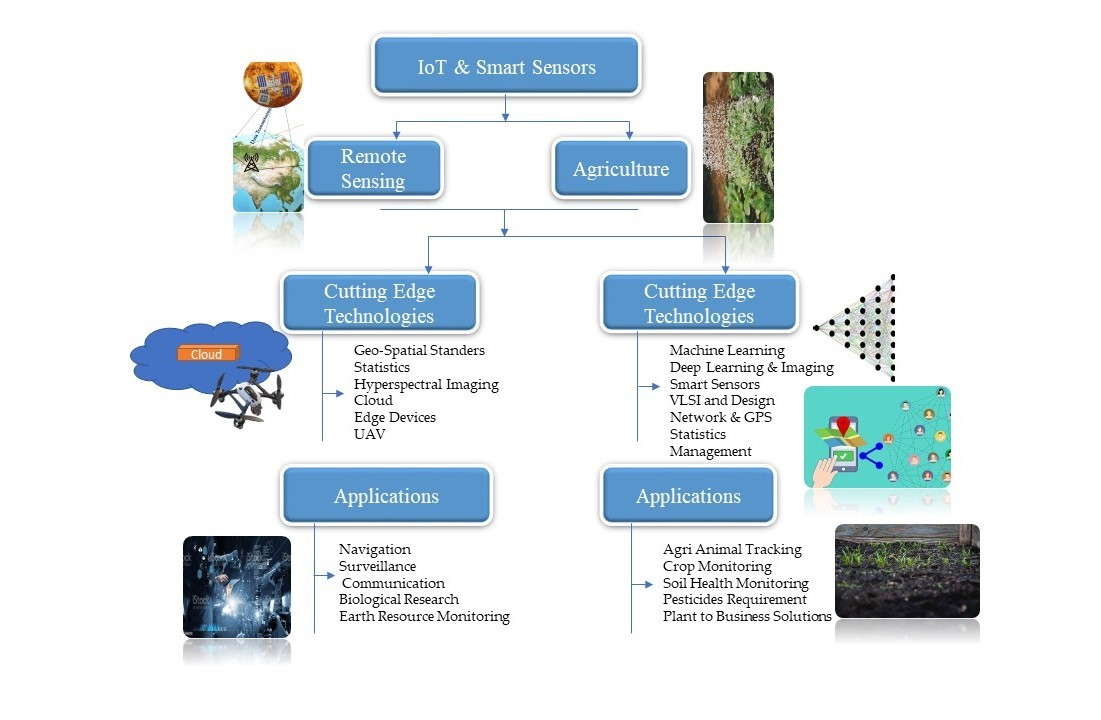
Remote Sensing, Free Full-Text
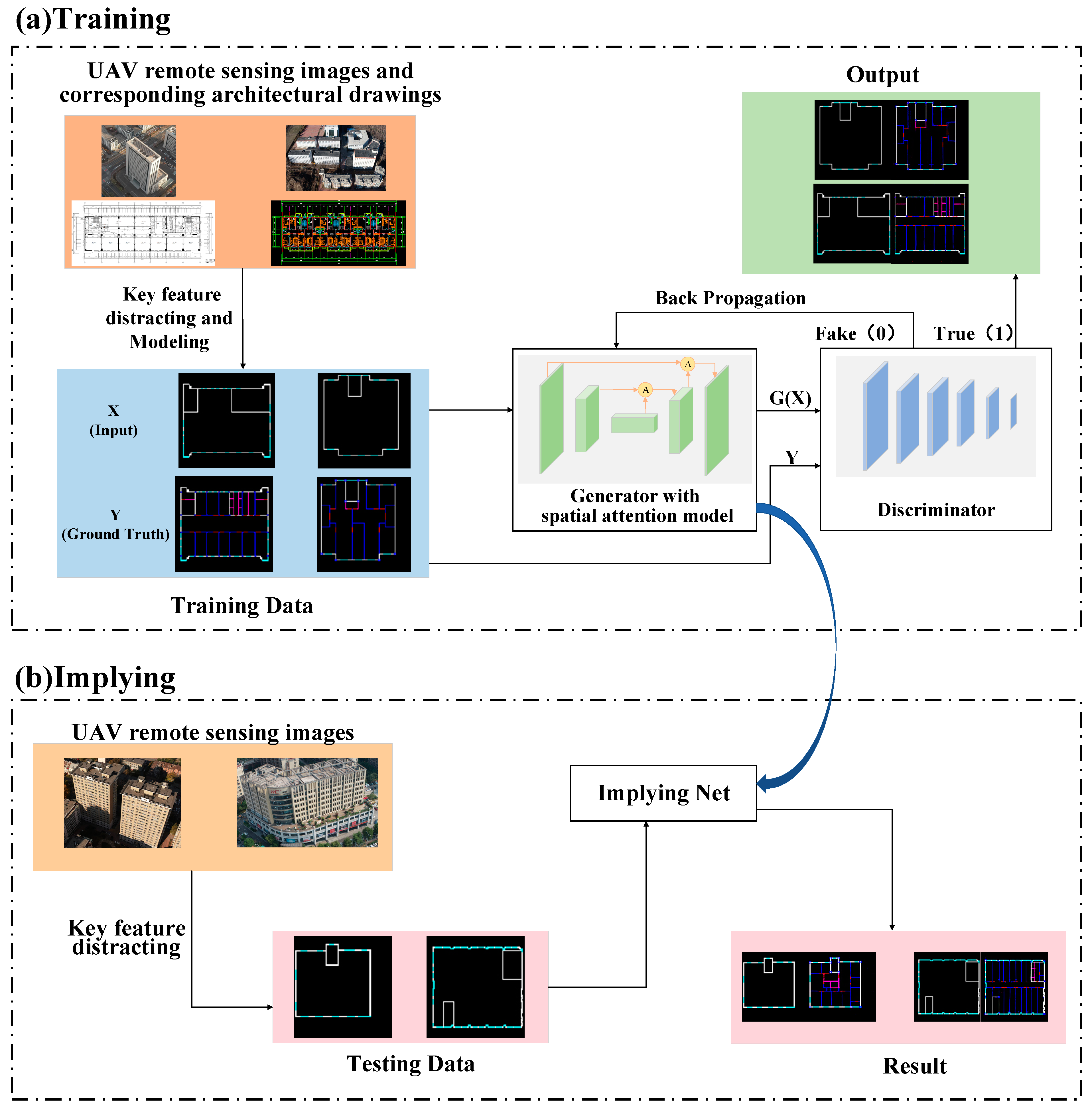
Remote Sensing, Free Full-Text
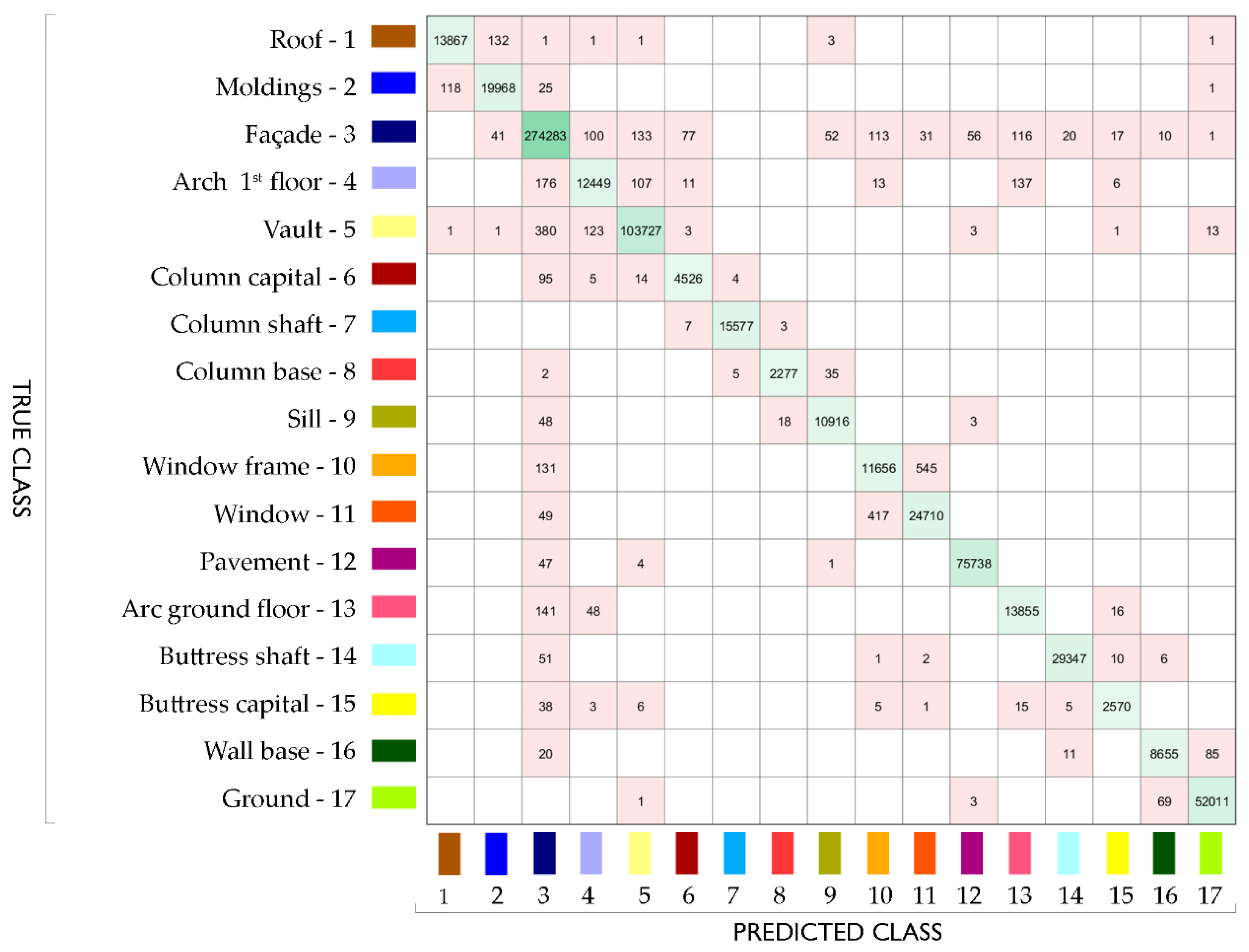
Remote Sensing, Free Full-Text, pokémon type chart gen 4







